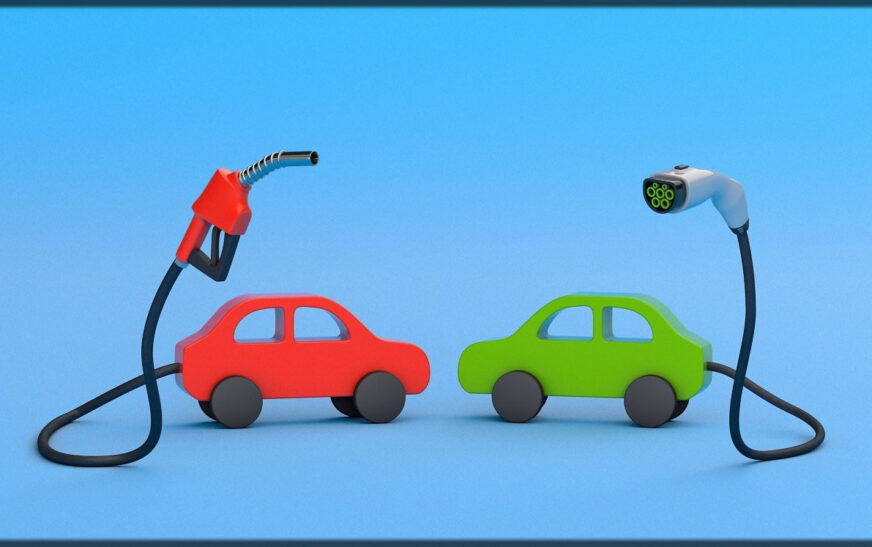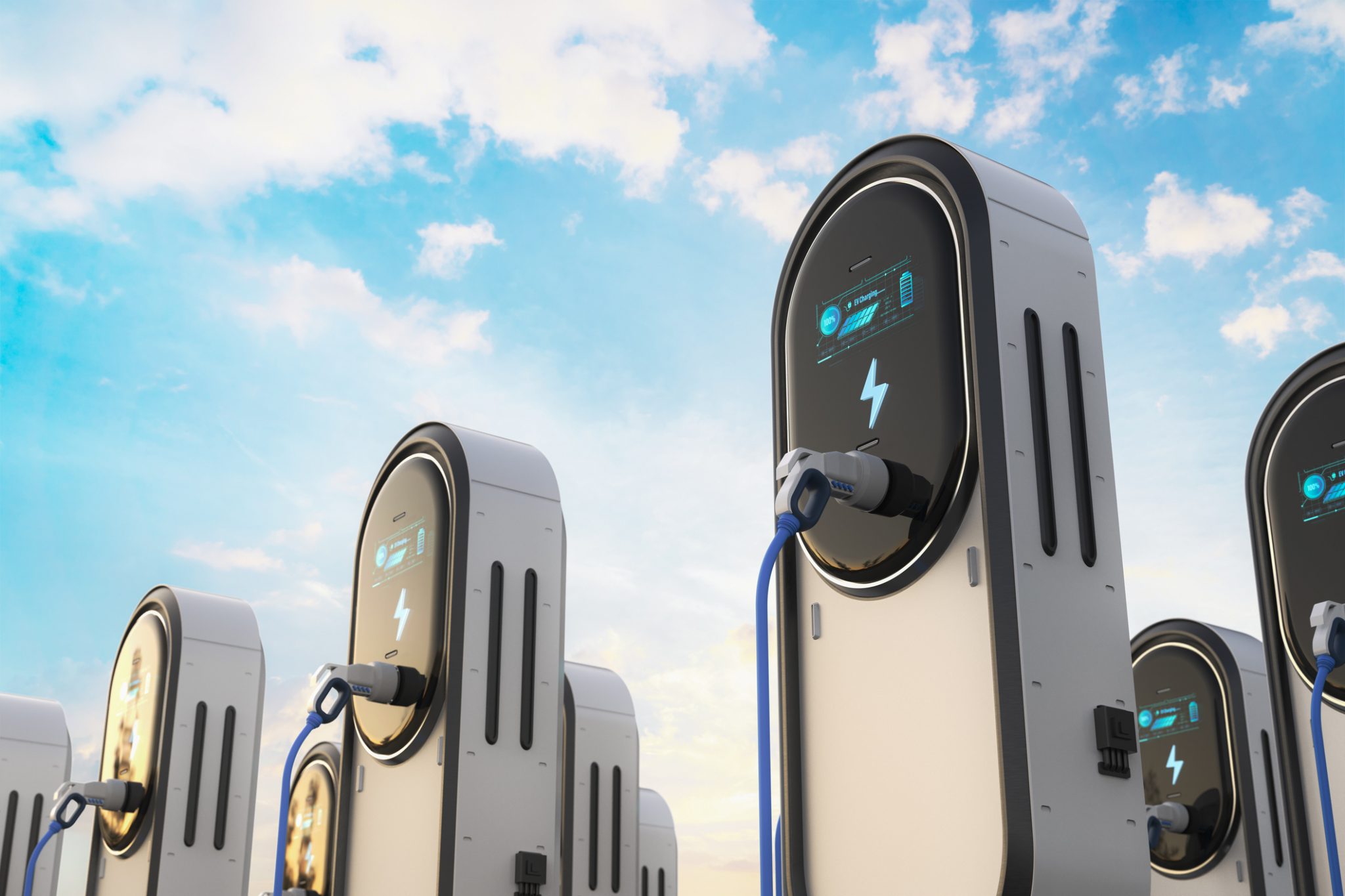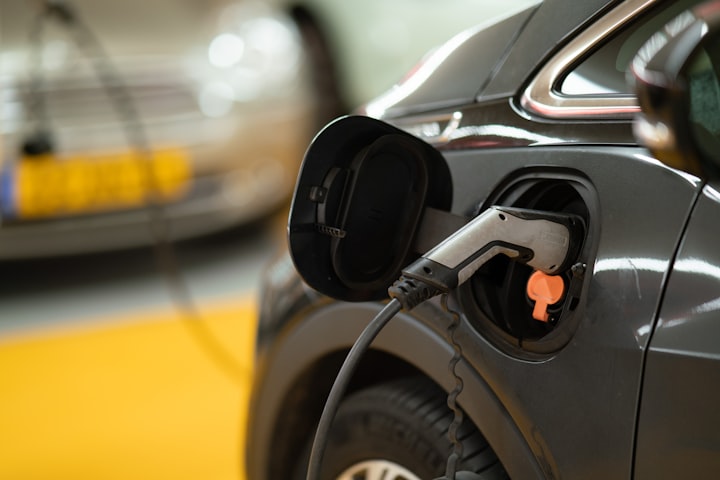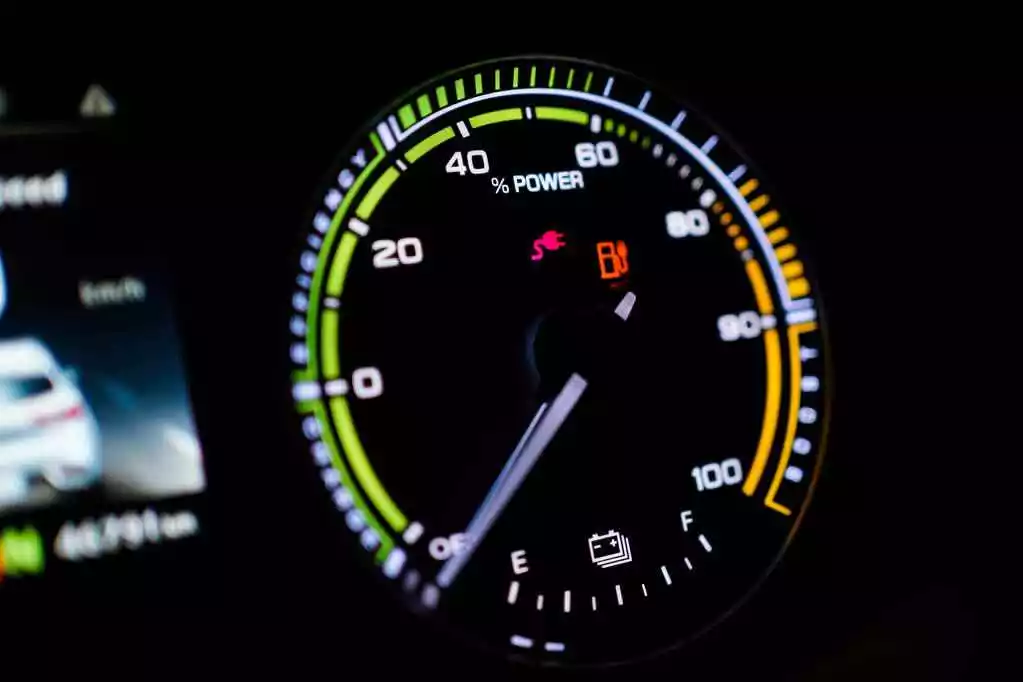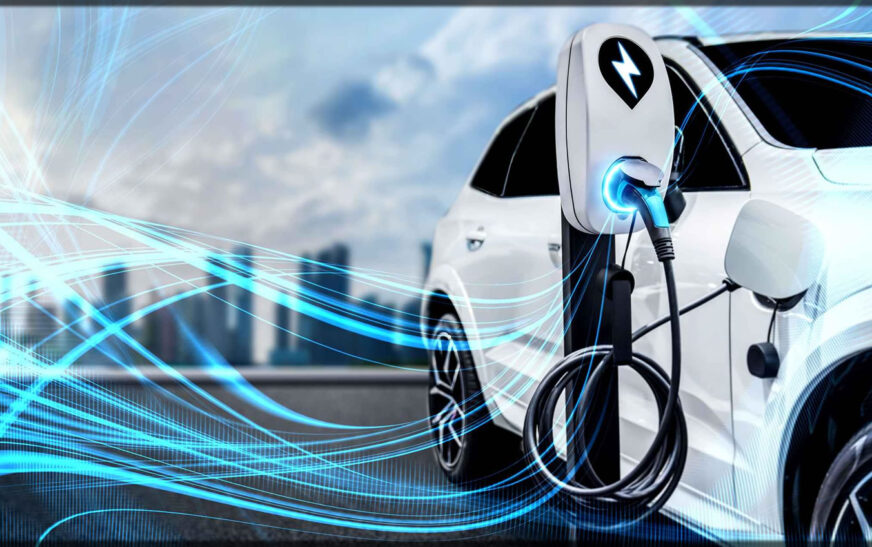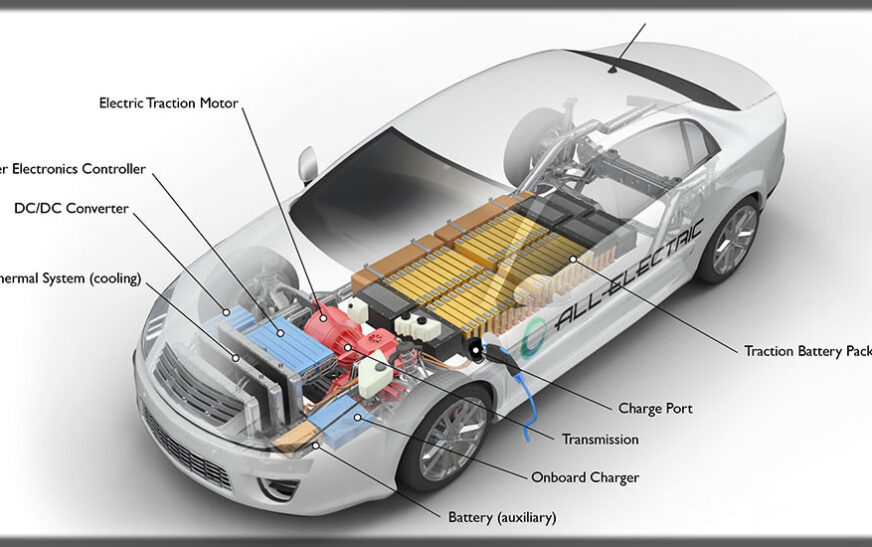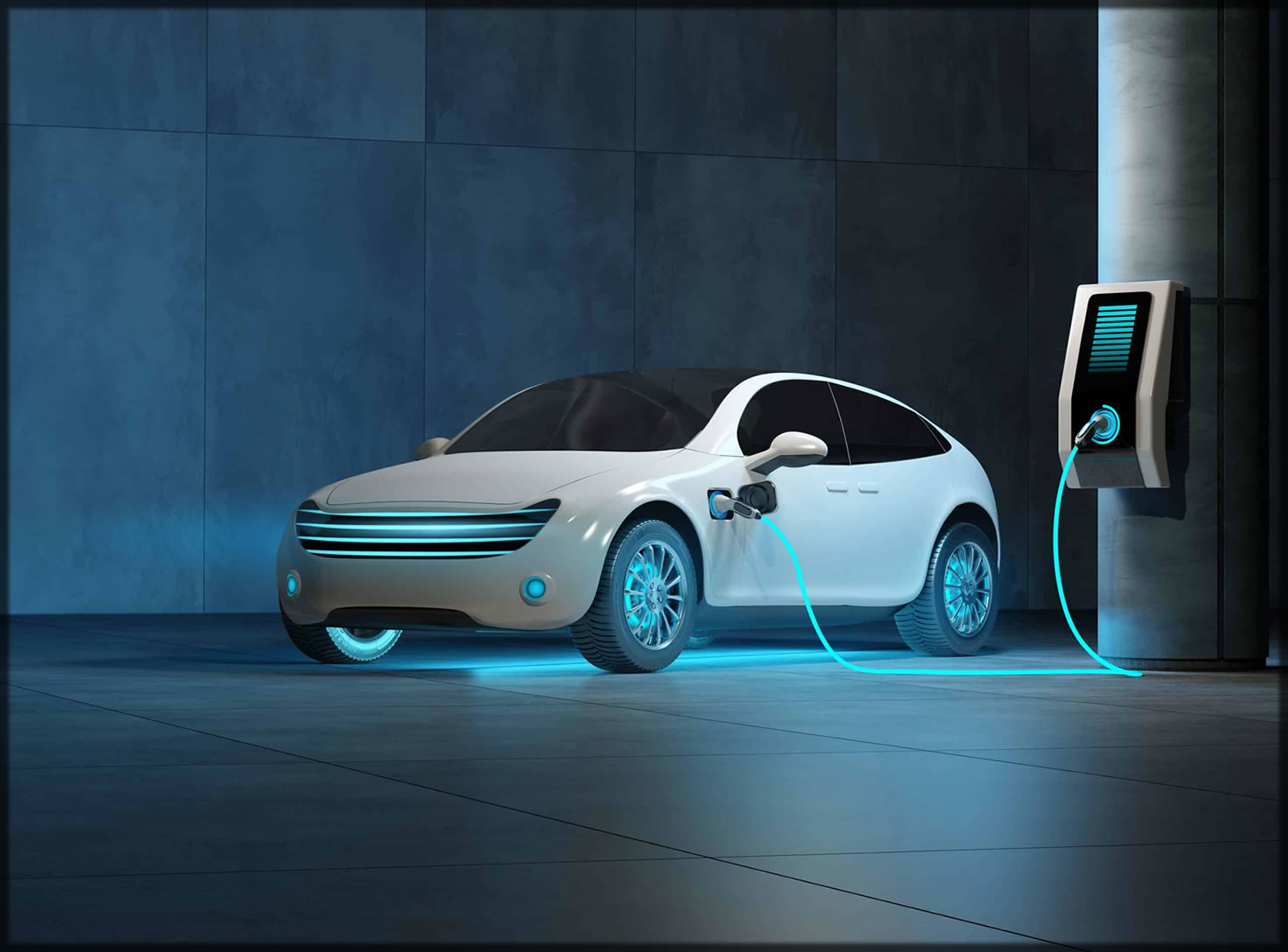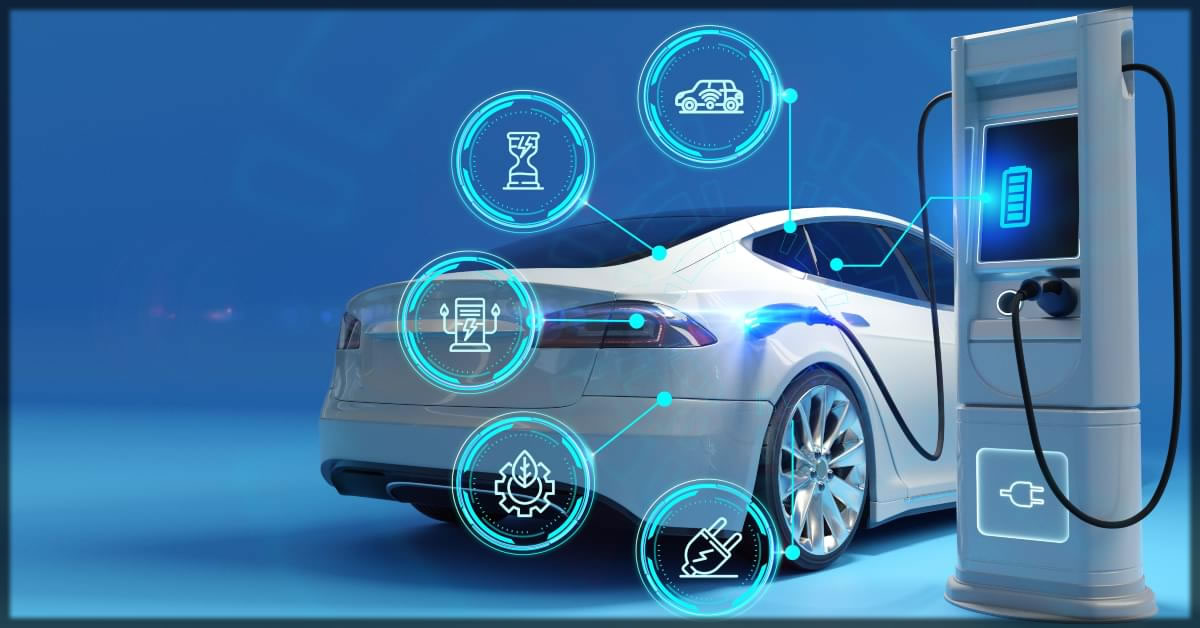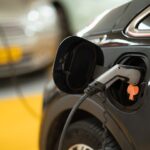The Environmental Effects of Electric and Gas Automobiles. As the world shifts towards a cleaner source of transportation, one most apparent options is the electric car, a new player in competition with conventional gasoline-powered cars. But one cannot help but wonder: Do EVs make a cleaner environment? To evaluate that, one must go over such aspects as emissions, resource extraction, creation of energy, battery recycling, installation of infrastructure, and overall contribution to the environment.
Carbon Emissions: Electric and Gas Cars
Gasoline-powered vehicles produce high carbon dioxide (CO2) emissions, and, in consequence, contribute a lot towards the warming of the planet. Greenhouse gases (GHGs) are emitted directly into the atmosphere when fossil fuels in automobiles burn in an inner combustion engine. On average, a car powered by gasoline emits about 4.6 metric tons of CO2 in a year, according to the U.S. Environmental Protection Agency (EPA). Gas automobiles also produce emissions such as nitrogen oxides (NOx), sulfur dioxide (SO2), and particulate matter, contributing to air pollution, acid rain, and respiratory disease.
In contrast, EVs have no tailpipe emissions, and for used in a daily basis, therefore, they are cleaner. Nevertheless, overall, their emissions will depend on whatever source of electricity is being used for charging them. In regions with a high use of coal or natural gas, even EVs can produce indirect emissions. Nevertheless, according to studies, even with use of fossil-fuel-derived electricity, EVs produce fewer emissions over a car’s life span when compared with cars powered with gasoline. As renewable sources become prevalent in terms of powering automobiles, even EVs’ footprint will decrease even more. In lifecycle analysis of emissions, EVs, in general, produce 50-60% fewer emissions over a car’s life span when compared with cars powered by an internal combustion engine.
Manufacturing and Resource Extraction
One criticism of EVs is that battery production is damaging to the environment. EV batteries consume lithium, cobalt, and nickel, extracted in mining processes that can destroy forests, poison water, and destroy habitats. Mining processes have a high level of concern for humans rights, most particularly in regions with poor working environments and poor environmental legislation.
Additionally, battery production is a high-energy activity, and thus, it emits more during production compared to gas cars. Energy utilized in the processing and extraction of such materials is responsible for EVs’ carbon footprint even when not yet in the street yet. However, even with a larger initial impact, gas cars have an equivalent extraction of resources in terms of extraction of crude, shipping, and processing, responsible for degradation in the environment. Drilling off-shore and spills in marine life have disastrous implications, and continuous use of gasoline emits more emissions in contrast to single-use in producing a battery for an EV.
Energy Efficiency and Sustainable
EVs are significantly more energy-efficient than gasoline cars. Internal combustion engines convert only about 20-30% of fuel energy into motion, with the rest being lost as heat. In contrast, electric motors achieve efficiency rates of 70-90%, meaning that EVs require less energy to operate and reduce overall environmental impact.
Moreover, as renewable sources such as solar, wind, and hydroelectricity become increasingly prevalent, EVs will increasingly become cleaner. With the incorporation of renewable-powered charging infrastructure, such as solar-powered charging terminals, can make them even cleaner, and an even cleaner alternative for environmentally friendly buyers. Electric grid improvements, such as smart grid and V2G technology, will contribute towards making EVs even cleaner through storing and providing additional energy to the grid. In addition, ultra-rapid charging terminals powered by renewable sources can make EVs free of fossil-fuel-powered electricity for charging.
Battery Recycling and Emerging Trends
A major problem with EVs is battery disposal. Present technology for battery recycling is in its early days, and incorrect disposal can produce toxic waste. However, future advances in secondary life use and battery recycling for recycled batteries will make such a problem a minor concern in a matter of a few years’ time. Manufacturers have started investing in closed-loop battery recycling, with recovered materials reused in new batteries with little waste and less mining for raw materials. Some companies even explore the reuse of EV batteries for grid use, taking them even further in useful life.
Additionally, research in new materials and solid-state batteries aims to minimize use of environmentally destructive materials, and in the future, make EVs even cleaner to produce. Solid-state batteries, with a larger predicted energy density, extended life, and less danger in relation to lithium-ion batteries, can potentially make battery production and disposal enormously less environmentally destructive. Sodium-ion and graphene batteries, with less environmentally destructive and less costly materials, are even in testing and development with companies.
Infrastructure and Policy Assistance
The transition to EVs will require a significant investment in charging infrastructure. Widespread use of EVs will require expansion in charging networks, presence in urban and rural areas, and integration of renewable sources of energy in the grid. Incentives in terms of grants, subsidies, and tax credits have been extended by governments for use of EVs and infrastructure development. Policies for phased out conventional cars and trucks and replaced with EVs will promote a cleaner transportation transition at a rapid pace.
Additionally, research is underway to develop wireless charging technologies, which could further enhance convenience and efficiency. Innovations such as dynamic wireless charging—where EVs can charge while in motion—could revolutionize the industry and reduce range anxiety for drivers.
Broader Environmental Effects
Aside from emissions and extraction, EVs and gasoline automobiles differ in overall impact on the environment, too. Gas automobiles make sound pollution with their burning motors, but EVs drive-in near quiet, lessening urban sound pollution. Besides, spills and shipping with gasoline automobiles pose a significant threat to the environment, contaminating water sources and harming marine life.
On the one hand, the disposal and production of EV batteries will have to follow proper waste management techniques to avert contaminating water and soil. EVs will require enhanced recycling processes and environmentally friendly supply chains to cause minimum environmental degradation. On top of that, improvements in environmentally friendly production processes—like recycled parts in car manufacturing—will make EVs even more environmentally friendly.
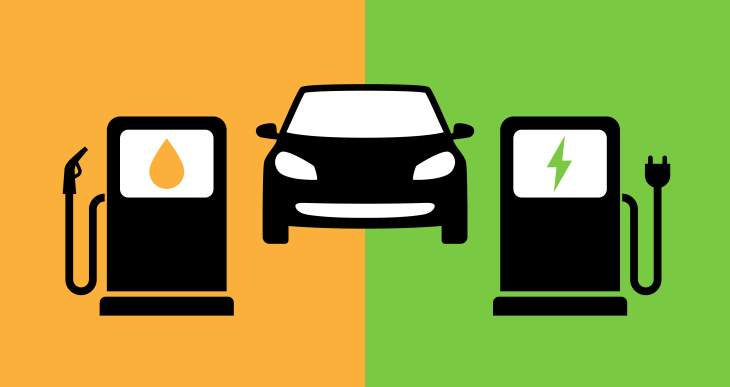
Conclusion:
When comparing them, EVs have a cleaner long-term impact in terms of them. As environmentally challenging an impact as their source of energy and production can have, EVs save a significant amount of carbon emissions, consume less energy, and can become even cleaner with future technology development. Transitioning to electric transportation, and cleaner forms of energy, is a significant step towards controlling climate change and minimizing our footprint in terms of the environment. With future technological development in batteries, recycling, renewable integration, and infrastructure, EVs’ environmentally friendly impact will become even larger in terms of the environment and less environmentally challenging in terms of source and production. Consumers, industries, and governments have to join hands in developing a cleaner and cleaner future for transportation.

